
The BBC World Service is an international broadcaster owned and operated by the BBC. It is the world's largest of any kind. It broadcasts radio news, speech and discussions in more than 40 languages to many parts of the world on analogue and digital shortwave platforms, internet streaming, podcasting, satellite, DAB, FM and MW relays. In 2015, the World Service reached an average of 210 million people a week. In November 2016, the BBC announced that it would start broadcasting in additional languages including Amharic and Igbo, in its biggest expansion since the 1940s.
Television in New Zealand was introduced in 1960 as a state-run service. The broadcasting sector was deregulated in 1989, when the Government allowed competition to the state-owned Television New Zealand (TVNZ). There are currently three forms of broadcast television: a terrestrial (DVB-T) service provided by Freeview; satellite services provided nationwide by both Freeview and Sky; and an internet television service delivered over cable and fibre broadband provided by Vodafone.

Television New Zealand, more commonly referred to as TVNZ, is a free-to-air public broadcasting television network that is broadcast throughout New Zealand and parts of the Pacific region. Although the network identifies as a national part-public broadcaster, it is commercially funded.
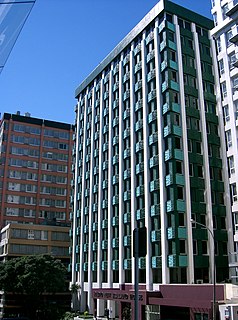
Radio New Zealand, commonly known as Radio NZ or simply RNZ, is a New Zealand public-service radio broadcaster and Crown entity that was established under the Radio New Zealand Act 1995. It operates a news and current-affairs network, RNZ National, and a classical-music and jazz network, RNZ Concert, with full government funding from NZ on Air. Since 2014, the organisation's focus has been to transform RNZ from a radio broadcaster to a multimedia outlet, increasing its production of digital content in audio, video, and written forms.
Three is a New Zealand nationwide television channel. Launched on 26 November 1989 as TV3, it was New Zealand's first privately owned television channel. The channel currently broadcasts nationally in digital free-to-air form via the state-owned Kordia on terrestrial and satellite. Vodafone also carries the channel for their cable subscribers in Wellington and Christchurch. It previously broadcast nationally on analogue television until that was switched off on 1 December 2013.

Mediacorp is a state-funded media conglomorate in Singapore. Owned by Temasek Holdings, a state-owned investment company, it operates television, radio, and digital properties. It holds a monopoly on terrestrial television in the country, operating six channels in Singapore's four official languages of Malay, English, Mandarin Chinese, and Tamil.
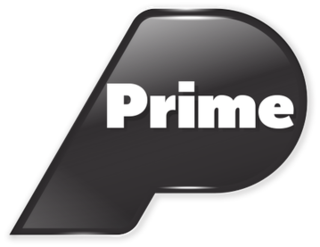
Prime is a New Zealand free-to-air television network. It airs a varied mix of programming, largely imported from Australia, the United Kingdom and the United States, as well as free-to-air A-League football, rugby union and cricket matches.
Television in Singapore began on 15 February 1963. The public broadcaster, MediaCorp TV, has a monopoly on terrestrial television channels and is fully owned by government holding company Temasek Holdings. Local pay TV operators are StarHub TV and Singtel TV. The private ownership of satellite dishes is banned.
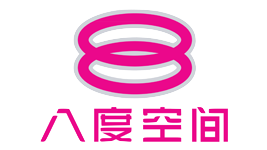
8TV is a Malaysian Chinese-language free-to-air television network focused on the Chinese community of Malaysia. Its programming consists of mostly dramas, sitcoms, and reality shows made in Chinese, either produced in Malaysia or imported from other countries, such as Hong Kong, China, Taiwan and Singapore and occasionally Thai and Korean drama for Malaysian viewers.
Juice TV, previously Juice, originally was a 24-hour music television channel operating from the Auckland suburb of Parnell in New Zealand. The channel closed on 15 May 2015 and relaunched as a 30-minute-long programme on Garage. The channel then relaunched independently from Garage on Freeview and its own online broadcast.

Radio Taiwan International is the English name and call sign of the international radio service, the Central Broadcasting System (CBS) of the Republic of China, commonly known as Taiwan. It is a government-owned station that broadcasts in 13 languages around the world, with a majority emphasis on Mandarin and Taiwanese-language broadcasts over shortwave into Mainland China.
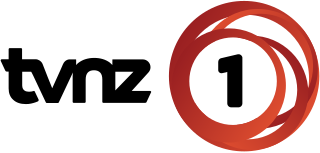
TVNZ 1 is the first national television channel owned and operated by the state-owned broadcaster Television New Zealand (TVNZ). It was one of the major television broadcasters in New Zealand, starting out from 1960 onwards as independent government-operated facilities in the four main centres of Auckland, Wellington, Christchurch and Dunedin, and eventually began sharing programming between them all in real time in 1969, becoming NZBC TV. The collective group was renamed Television One in 1975 upon the break-up of the New Zealand Broadcasting Corporation, and became a part of TVNZ in 1980 when Television One and South Pacific Television merged. The channel assumed its current name in October 2016.
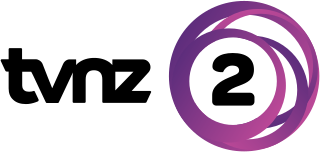
TVNZ 2 is the second New Zealand television channel owned and operated by the state-owned broadcaster Television New Zealand (TVNZ). It targets a younger audience than its sister channel, TVNZ 1. TVNZ 2's line up consists of dramas, comedies, and reality TV shows. A small number are produced in New Zealand which are either of a comedic, soap opera or reality nature, with rest of the line-up imported from mostly a Warner Bros. or Disney catalogue or a FremantleMedia or Endemol soap opera/reality TV catalogue.

Freeview is New Zealand's free-to-air television platform. It is operated by a joint venture between the country's major free-to-air broadcasters – government-owned Television New Zealand and Radio New Zealand, government-subsidised Māori Television, and the American-owned Discovery New Zealand. It consists of a HD-capable digital terrestrial television service, to around 86% of the population in the major urban and provincial centres of New Zealand, and a standard-definition satellite television service, called Freeview Satellite, covering the whole of mainland New Zealand and the major offshore islands. Freeview uses the DVB-S and DVB-T standards on government-provided spectrum.
TAB Trackside is a New Zealand horse racing and sports broadcast network, incorporating two pay TV channels. The TV channels are available on Sky channels and Vodafone TV IPTV channels 062 and 063. The radio station broadcasts on 14 AM radio and 16 FM radio frequencies from Kaitaia to Invercargill were suspended on 12 April 2020.
The mass media in New Zealand include television stations, radio stations, newspapers, magazines, and websites. Most outlets are foreign-owned, with media conglomerates like NZME, Stuff, MediaWorks, Discovery and Sky dominating the media landscape. Most media organisations operate Auckland-based newsrooms with Parliamentary Press Gallery reporters and international media partners, but most broadcast programmes, music and syndicated columns are imported from the United States and United Kingdom.
Chinese Voice is a Cantonese, Mandarin and English language radio network based in Auckland, New Zealand. It is a wholly owned subsidiary of World TV, an Asian language television, print and radio company, and consists of three station set up between 2003 and 2010. It produces more than 80 hours of local content each week, including live talkback on news stories, migrant issues, political developments and dealing with New Zealand Government agencies. The stations also broadcast imported talk and music programmes from China and Hong Kong.
Shine TV is a New Zealand Christian television channel operated by Rhema Media and broadcast on Freeview Channel 25 and Sky TV channel 201. The station promotes Christian lifestyles, traditional Christian values, Gospel teachings and interdenominational Christian unity. From its outset, it has focused primarily on children, young people and family audiences.
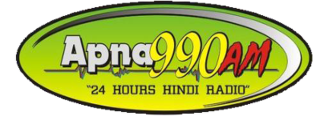
Apna is a New Zealand radio and television network targeted towards ethnic minorities. The radio network broadcasts on 990 AM in Whangarei, Auckland and Hamilton, and plays Bollywood music alongside cultural features and discussions. The television channel is available on channel 26 on Freeview HD in major centres, and features mostly Indian and Pakistani television programmes.

















